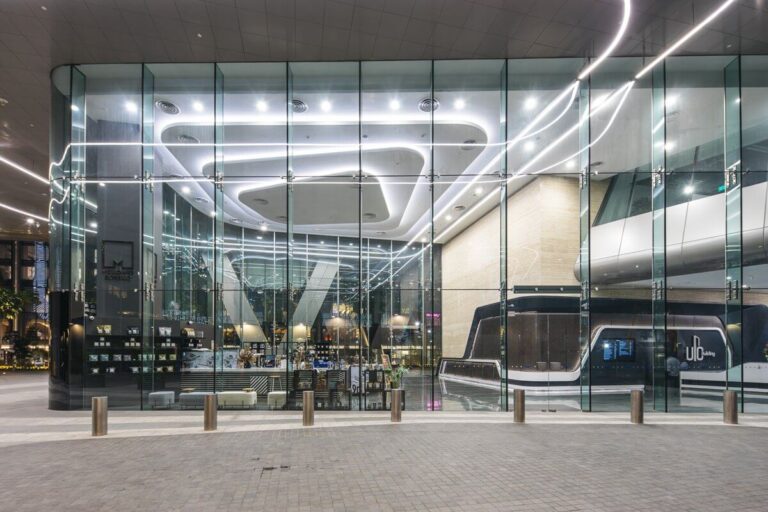
As a wise man once said, we don’t want to be products of our environment, we want our environments to be products of us. Before we invite people into our lives and homes, they will first see us from the outside, and they will judge what they see. Judgement-prone or not, it goes without saying that the exterior presentation of your home and/or property is imperative not only to making a positive impression, but is also an expression of who you are and what goes on inside your mind and soul.
Just as we feel committed towards designing the exterior in terms of architecture and landscaping, we must put forth similar amounts of thought towards architectural lighting. Fortunately, lighting solutions are less costly than the investment you will put forth landscaping, painting, and other non-illuminating fixtures. However the cost-effectiveness also provides endless opportunities in terms of imaginative design, and countless ideas and angles to play with.
A great way to jumpstart the brainstorming session of your home’s exterior is to get acquainted with some basic ideas regarding outdoor lighting.
Outdoor Lighting Ideas
When it comes to planning your outdoor lighting setup and coming up with ideas, moderation is key. If you don’t use enough lighting, your house will be a mere shadow (pun intended) of what it could be. If you use too much, it would seem as if you are celebrating Christmas year-round. Here are a few useful ideas to keep in mind when planning and implementing the outdoor lights:
- Security– one common security and convenience lighting solution people use is a sensor-activated light for their driveway, porch, and entrance. These are not inherently bad, but they are not ideal either. Motion-sensor lighting has aesthetic drawbacks. The lights are often powerful floodlights, aimed downwards with a blinding effect, and their purpose is almost purely functional and not aesthetic. Instead, use lighting fixtures that are always on at dark, with softer illumination, which will make sure all the areas that need to be lit are well illuminated, but in a non-intrusive manner. A large variety of fixtures can be used, such as the aforementioned floodlights for broad lighting, bollards for paths and their surroundings, as well as in-ground lighting for walkways.
- Paths– speaking of paths, it is important to use appropriate lighting for paths, trails, and stairs. It is also important in the opposite manner, using lights intended for paths for their designated purposes, and not arbitrary improvisation regarding other purposes. You will want to use in-ground lights in a subtle manner, as their purpose is to highlight where you need to go. Too much and you’ll have the opposite effect, the ground will disappear among the blinding and distracting lights. In the same breath, it’s important to note that in-ground lights are often used in places where they don’t belong, such as flower beds, and as an under-whelming way to illuminate objects above it. Another type of light that can be great for paths is the bollard. Bollards are short posts, and the term comes from the naval term for the post to which a rope is tied to secure boats. Bollards are great for lighting up walkways and the surrounding area, illuminating nearby objects of interest, as well as providing a sense of security in general.
- Shadows– just as important as light, shadows play an important part in using lights purposefully, and moderately. Objects such as trees, statues, and other objects can contribute to the balance between light and darkness, as well as “paint” the house in a deliberately tasteful manner. Another way to use shadows, in a manner of speaking, is silhouetting, which means placing the light “behind” the object (such as a tree), and let the light emanate from the back like an aurora, creating a rim of light around the dark object, not unlike a perfect solar eclipse. A variety of lights can be used for the task, both floodlights and spotlights are useful for it.
In Conclusion
Changing things up outside your home using different lighting is a relatively easy, simple, and cost-effective way to breathe new life into your property and enhance its appearance.
Whether it’s out of necessity, such as security or adjusting to changes in landscaping, or a desire to do something creative and productive, outdoor lighting offers an arguably infinite range of options for your design desires.
One thing to keep in mind though is that this is a subject of subtlety and balance. Sometimes less is more, and sometimes too much is better than too little.